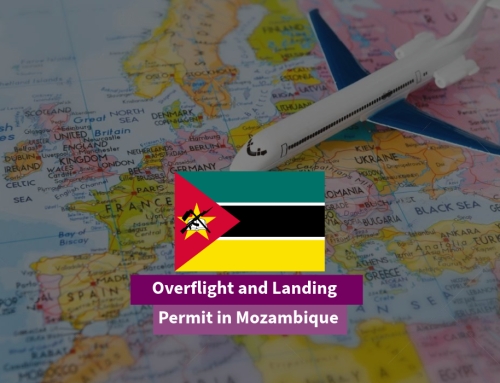Obtain Overflight and Landing Permits in Syria
Syria, a country with significant strategic and historical importance, presents unique challenges for aviation operators due to ongoing political and operational complexities. Navigating Syrian airspace or landing at its airports requires obtaining the appropriate flight permits, managed by Syria’s Directorate General of Civil Aviation (DGCA). This guide provides a comprehensive overview of the requirements and processes for securing overflight and landing permits for Syria.

Disclaimer
Types of Flight Permits
- Overflight Permits
- Required for all foreign-registered aircraft passing through Syrian airspace without landing.
- The application must include:
- Aircraft registration and type.
- Entry and exit points with estimated times.
- Routing details and purpose of overflight.
- Landing Permits
- Mandatory for all non-Syrian aircraft intending to land at any Syrian airport.
- Applies to:
- Scheduled and non-scheduled commercial flights.
- Private, charter, and cargo operations.
- Technical stops.
- Documentation needed:
- Flight schedule and purpose.
- Aircraft specifications and registration details.
- Passenger and crew manifests.
Application Process
- Submission Timeline:
- Overflight permits: Submit at least 48 hours before the flight.
- Landing permits: Submit 72 hours in advance for scheduled and non-scheduled operations.
- Regulatory Body:
- Syria’s Directorate General of Civil Aviation (DGCA) processes all permit requests.
- Required Documents:
- Detailed flight itinerary, including routing.
- Aircraft registration and insurance certificates.
- Noise and emissions certifications, if applicable.
- Additional information, such as sponsor letters, for certain operations.
Major Airports in Syria
- Damascus International Airport (DAM/OSDI):
- The largest airport in Syria, located near the capital, and a hub for international and domestic flights.
- Aleppo International Airport (ALP/OSAP):
- A key airport in northern Syria, serving limited flights for cargo and passengers.
- Latakia International Airport (LTK/OSLK):
- Situated on the Mediterranean coast, it is a vital hub for the region.
Special Considerations
- Airspace Restrictions:
- Due to ongoing geopolitical tensions, certain areas of Syrian airspace may have restrictions or require specific routing.
- Military Approvals:
- Flights near military zones or sensitive regions require additional clearances from the Syrian government.
- Sanctions and Compliance:
- Operators must ensure compliance with international sanctions affecting Syria, as these may impact permits, insurance, and routing.
Future Opportunities in Syrian Aviation
As the political landscape stabilizes, Syria’s aviation sector holds growth potential:
- Reconnection to Global Markets:
- The resumption of international flights can boost tourism and trade.
- Airport Modernization:
- Investment in infrastructure could improve operational capacity.
- Regional Connectivity:
- Syria’s location makes it a natural hub for flights connecting Europe, the Middle East, and Asia.






